Stalogy is a Japanese notebook brand that has been growing in popularity from what I can see on social media. The brand name is a contraction of the words stationery, standard and technology. I’m not sure this notebook is particularly technological, but I’m a sucker for pretty much any Japanese notebook, so of course I had to buy one! They are pretty easily available via Amazon, JetPens, and stores such as Kinokuniya.
I chose the A6 size Editor’s Series 365 black notebook (other colors and sizes are also available). It is a true A6 at 105 x 148mm (see this post for a comparison of A6 size claims among various notebooks!) The look is very minimal– plain black cover with tiny branding near the spine. The packaging is a bit reminiscent of Moleskine– a yellow belly band with black and white details about the notebook and the brand.
The notebook has a soft cover and squared spine– it looks very much like the Hobonichi Techo, even down to the grey endpapers. The cover texture is smoother than the Hobonichi, and the corners are rounded to a larger diameter. (I wish more people would do really tight corners like the Hobonichi.)
The notebook is very slightly thinner than the Hobonichi, and very slightly less tall, but it is the same width, and any cover sized for a Hobonichi should also fit the A6 Stalogy. As shown below for comparison, it is larger than a pocket size Moleskine.
The soft covers are very flexible, more so than the Hobonichi. And as I discovered recently, if you leave it sitting somewhere for a few weeks of humid summer weather, the cover will curl up a bit! (My Hobonichi was in a box for the comparable time period so I can’t say for sure whether it would have curled up too.) Again like the Hobonichi, the Stalogy notebook has no elastic closure or ribbon marker or back pocket. The notebook does open pretty flat, but the spine has a bit of extra reinforcement or glue that prevents it from opening quite as flat as the Hobonichi. Both brands have a large number of signatures with just a few pages each, which makes the binding more supple.
Inside the notebook is where you really see the difference vs. Hobonichi. There are 368 pages of lightweight paper, all with the same layout– no frontmatter or backmatter or index pages. It is designed to be used as a 365-day planner but it is undated, so totally flexible. Each page has very faint grid lines, and a top section with tiny print listing all the months, dates and days of the week so you can easily circle the date for the current page– I say “easily,” but if you are of a certain age, you may not agree! The print is VERY tiny and anyone who needs reading glasses will find it challenging. There are also numbers running down the side of each page for the hours of the day between 8am and 11pm. These will be handy for anyone who wants to use the notebook as a daily agenda, but they are unobtrusive enough that you can use the pages in a totally free-form way without feeling like you’re writing over a planner format.
The paper has a similar color and feel to Hobonichi’s– quite smooth, but maybe a teensy bit less than the Hobonichi smoothness. It still performs very well with most pens– fountain pens didn’t feather or bleed. There is some showthrough due to the thin, light paper, but it is in line with other Japanese notebooks I’ve tested, including the Hobonichi, from which a test page is shown for comparison.
To sum up, I think this Stalogy notebook is a great alternative to the Hobonichi Techo and other similarly sized softcovers. Whether you want a dated planner with a lot of extra info added is a matter of personal preference, of course, and there are certain details where the Stalogy ranks just a tiny bit below the Hobonichi, but one area where it definitely wins big is price– the A6 Stalogy is only $19 at JetPens vs. $35 for the 2019 Hobonichi Techo. And as of this writing, the A6 Stalogy is only $17.43 at Amazon. The approximately 7 x 10″ B5 size is also tempting, and currently costs $29.72 at Amazon. They make some cool sticky notes, washi tape and pencils too!

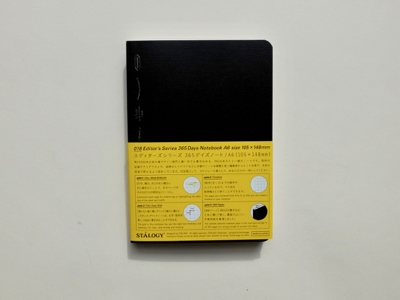
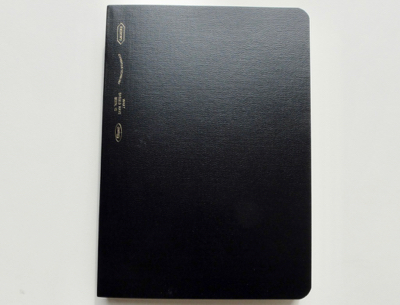
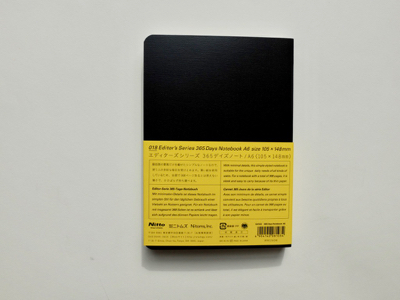
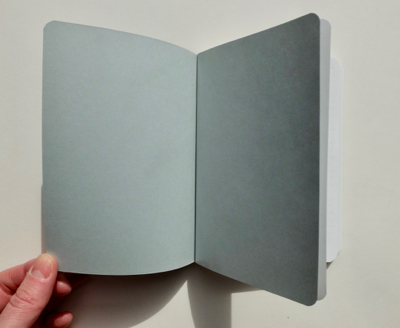
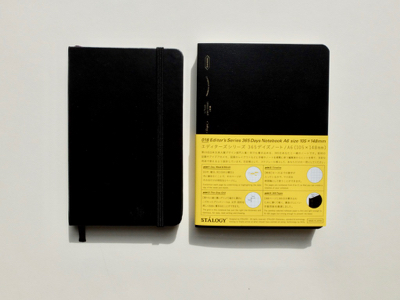
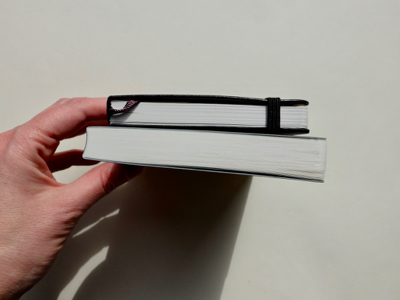
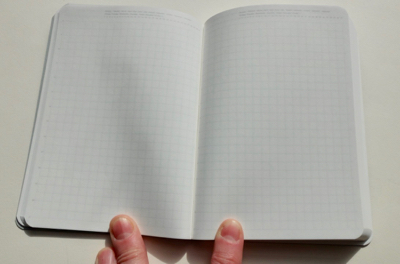
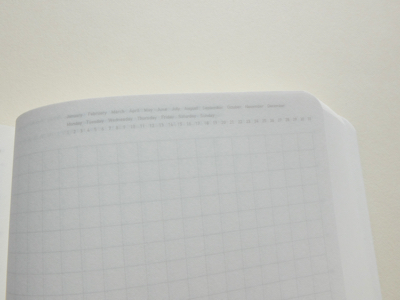
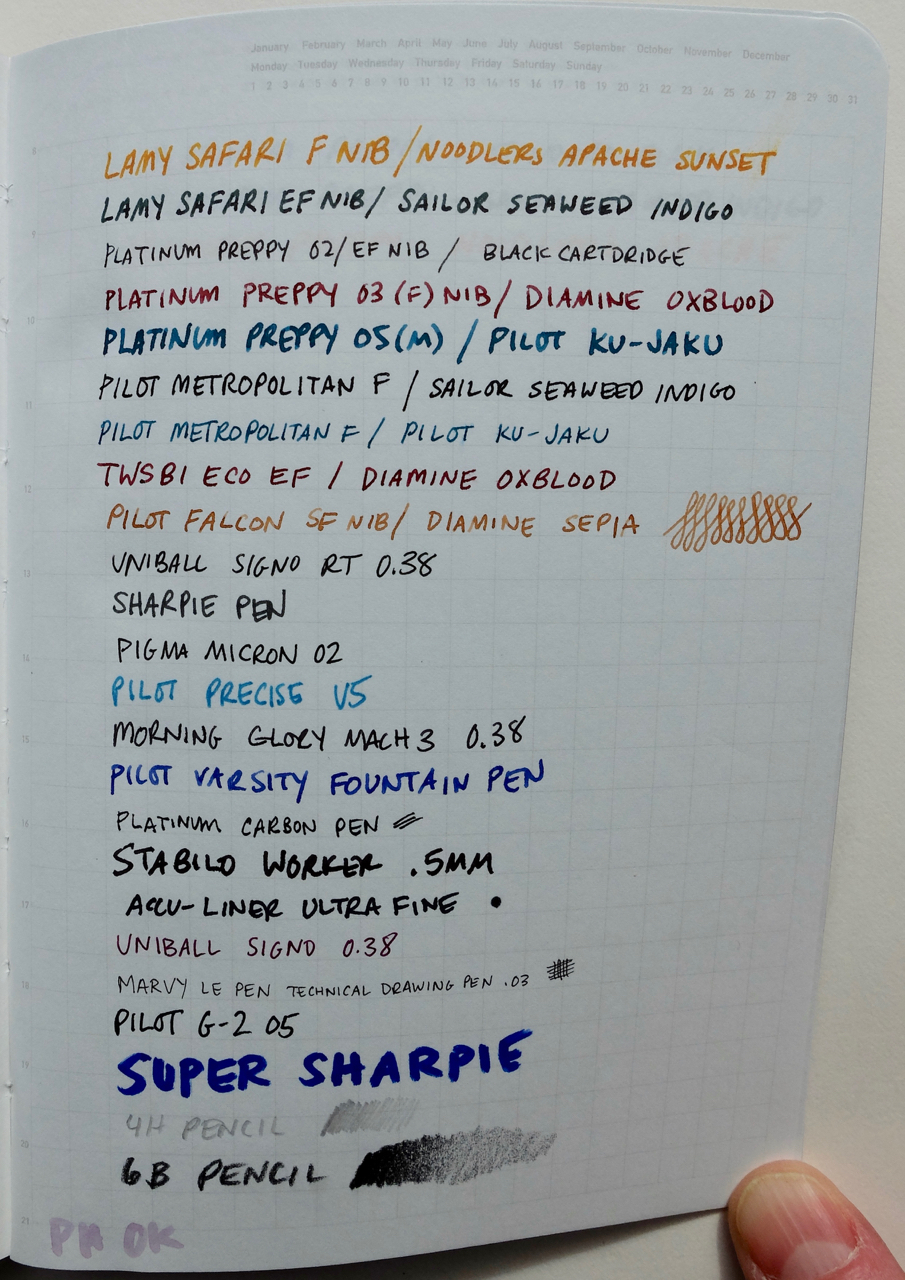
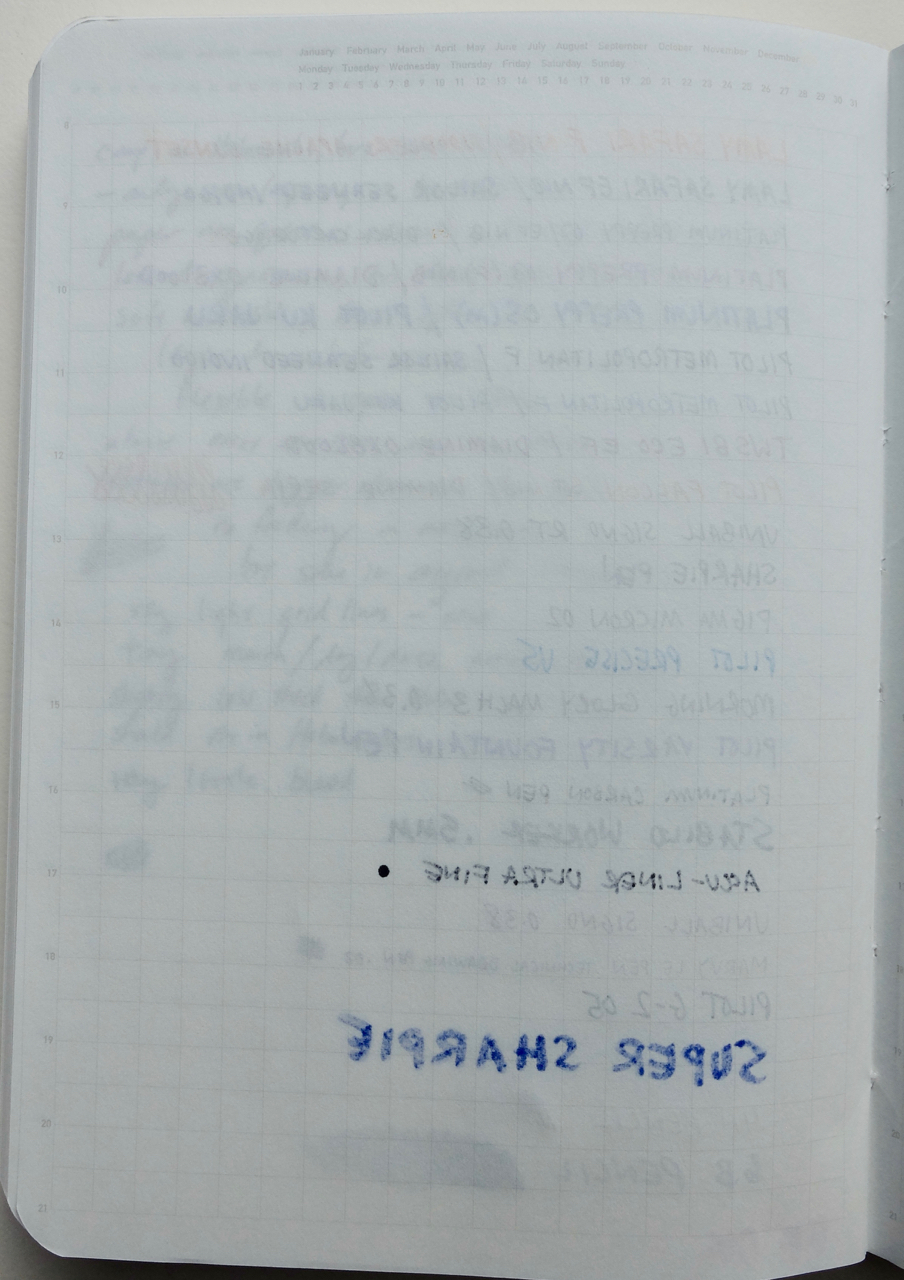

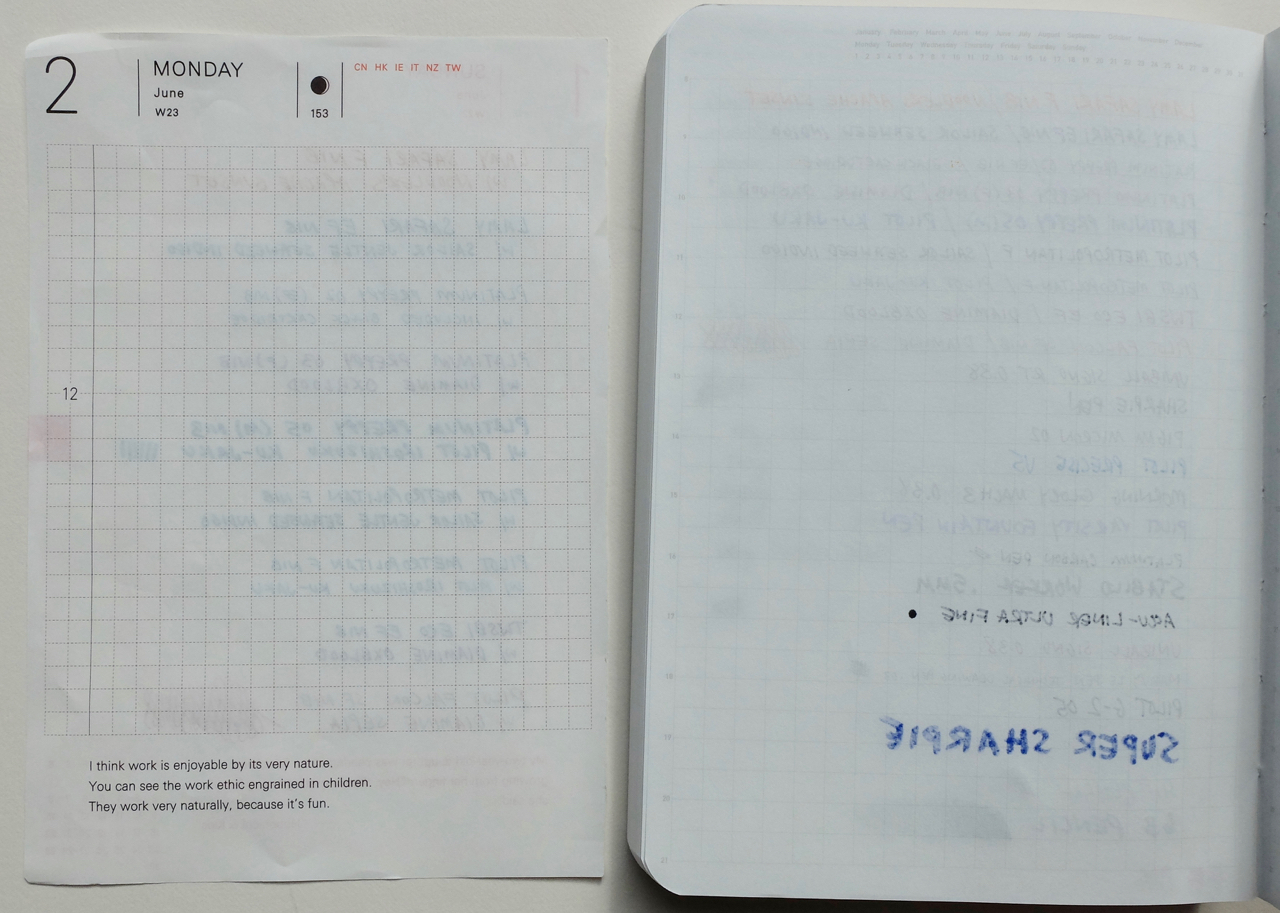
I’ve been trying to find out if this notebook has acid free paper. I noticed in some of your other posts you have a PH pen. Any chance you could give it a swipe on Stalogy?
Also thank you, your posts were helpful when I was researching what planner to get :)
Sorry KJ, somehow I never saw your question! The Stalogy paper is acid free.